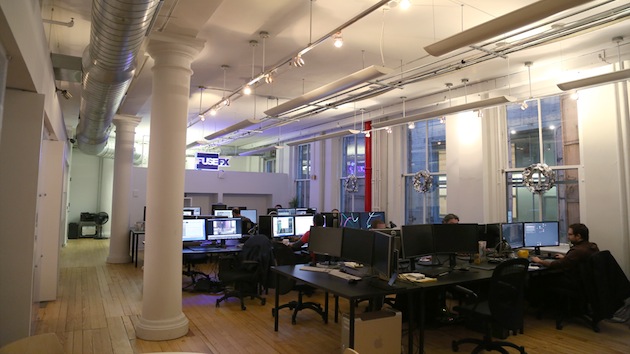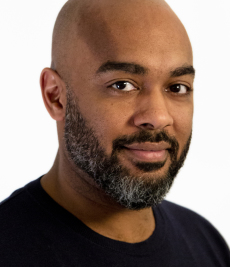
Staffing Up for More High-Octane FX for Blacklist and Powers
In an era when highly stylized, effects-driven television is thriving across network, cable and streaming outlets, FuseFx is in full expansion mode to meet the demand. But the L.A. post shop's founder, Dave Altenau, says the facility's continued success has more to do with hiring experienced staff and their proprietary VFX pipeline than it does with pure opportunity—including tax credits. With new offices in New York and Vancouver, and current VFX credits on commercials, features and a long list of shows that includes hits like Marvel's Agents of S.H.I.E.L.D., Blacklist and American Horror Story, Fuse continues to prove it can deliver feature-quality effects on television budgets and schedules.
FuseFX evolved out of Altenau's earliest independent effort, The Outfit, which he started after a career in feature film effects (X-Men, The Mothman Prophecies) and pioneering work on HBO's Deadwood and Carnivale. Barely surviving the Writer's Strike of '07-'08, Altenau rebranded his shop in 2008 when partners Tim Jacobsen and Jason Fotter, CTO, came on board. Mounting work on complex, CG-driven shows like United States of Tara and American Horror Story soon cemented the facility's niche and grew the business from six staffers in 2010 to the three fully staffed facilities today. Each provides 2D and 3D visual effects, 3D animation, compositing, finishing, matte painting, cosmetic enhancement and pre-visualization to their clients. Recent projects from the L.A. office range from the VES Award-winning VFX in American Horror Story: Freak Show to this playful homecoming ensemble on Glee, both for long-time client 20th Century Fox TV.
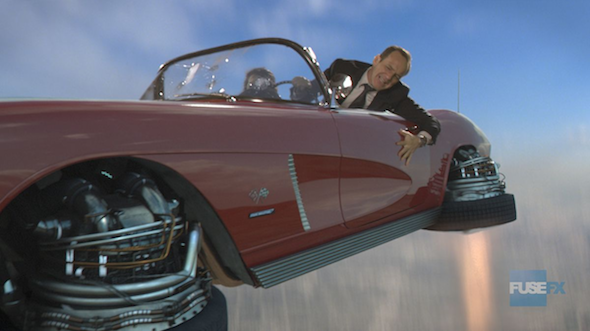
Marvel's Agents of S.H.I.E.L.D.
The aggressive production and post-production tax credits in Vancouver and New York certainly helped convince Altenau and his team to set up shop north and east of Burbank last summer. But aligning with key shows shooting in those places—the Rainn Wilson comedy Backstrom in Vancouver and fan favorite Blacklist in New York—made it a reality. Creative Director and Senior VFX Supervisor Greg Anderson, hired in June to run the New York office, says the initial goal was to focus on delivering composites, set extensions and effects for Blacklist and add on high-concept commercial work organically. Then Sony Pictures Television's Powers, which premiered on Sony's PlayStation channel on March 10, blew into town. "Working on a show like Powers necessitated that we grow both our CG and compositing department here in New York," says Anderson.
Shot in Atlanta to look like L.A., Powers makes full use of CG buildings, set extensions and 3D characters integrated with the actors and other real sets and environments. "We made a pretty rapid expansion in staff once the producers got a look at the first effects," he says. "They added more and more as the project progressed and it's how we were able to grow from five people, when we opened in August, to 26 right now."
Watch a preview of Powers, now streaming on Sony's PlayStation network.
New work, and the need for even more staff, is inevitable, adds Anderson. "We just bid on a couple of pilots this week, and we're pitching a big CG-animated teaser trailer with multiple Web assets. As part of our future, particularly here in New York, we're going to make a bigger push into the commercial market, though we'll approach it slowly, since we've refined our business model to deal specifically with episodic visual effects." Anderson has effects-supervised some 300 commercials and even has directed a few. "I have the agency contacts, and it's one of the things I wanted to bring to the table," he says. "It's also the most consistently lucrative side of the business. There will always be a need for commercials."
Anderson studied architecture and computer graphics at MIT and swiftly transitioned to visual effects early in his career. He has worked as a VFX and CG supervisor at 1stAveMachine, Sony Pictures Imageworks, Ring of Fire and Cinesite, where he and Altenau first met in the early aughts. "When I first came out of school. the only place you considered working in this industry was in L.A. The tax credits are bringing millions of dollars to New York and so many jobs with them, making New York such a viable place for production and post. And there's some real talent here. I think we're really just at the beginning of the future of television and film here in in this town."
The collective experience that Altenau, Jacobsen, Fotter and FuseFX's senior-level team share is what Anderson believes sets the facility apart. "People who have done feature-level visual effects bring a certain eye that you just can't get in any other sort of effects work," he says. "It's an eye trained over months of looking at a single shot and trying to figure out what makes it work. That's the foundation of Fuse."
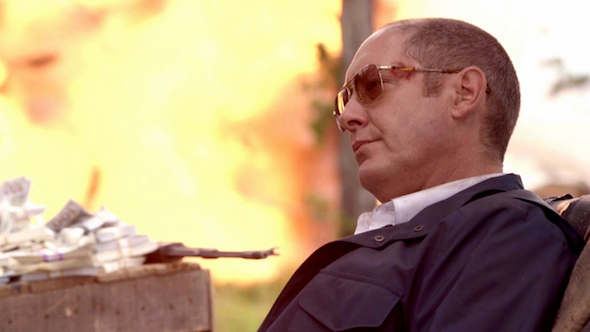
Blacklist
So how do you bring the kind of attention to detail that nets quality results with television turnarounds? "Our CTO, Jason Fotter, and the team have developed a custom set of database and shot management tools that let us know, in real time, which artists are working on which shots, how much time they are spending on it, when the shot is due, and much more," says Anderson. "If I opened it right now I could tell you, to the minute, what everyone is working on." Built on top of FileMaker Pro, the system includes a deep set of proprietary tools written in-house for production management. "When artists come in for the first time, they are immediately trained on the system and within an hour are working on shots," he says. "It takes a lot of the guesswork out of the process and saves us a ton of time that might get squandered at less organized places. It's literally impossible to misname or misfile a shot with our software because shots are assigned to you automatically and the system pulls in the proper plates you need to work on. Time is the big X-factor. If you multiply one lost hour across 25 artists, in the course of a day, you've wasted 25 hours. That really doesn't happen here; we can swiftly assign new work to an artist once he or she submits a finished shot for review."
How FuseFX manages its projects, and the personal relationships fostered with clients on set and in the studio, are the other part of this ongoing story. "When we work with clients, we work with them at such a level that they often pull us on to their next shows," says Anderson. "That's been really key to a lot of our success. But we're also new here in New York, and we know we need to get the word out."
The facility's 3D pipeline is largely built around Autodesk 3ds Max. "Max is great because there are a lot of other tools that hook into Max, unlike Maya, that can bring you 75 percent of the way there very quickly," he says. "Maya's a terrific tool, and I'm a Maya guy, but with our turnarounds, it isn't as practical." Assimilate Scratch handles most conforms. "All of our I/O goes in and out through Scratch. We've got tools that we've written for it so it works really well for our pipeline. But we're considering adding Flame and Smoke as we dip our toes in the commercial world."
FuseFX uses Side Effects Software's Houdini in L.A. to handle complex water simulations and digital doubles and other character-based work. "Most of these technology choices resulted from some talented staff who brought their skill sets with them," says Anderson. "With our deadlines, it makes more sense to bring in the experts and adapt instead of trying to train a set of beginners to use some new tool."
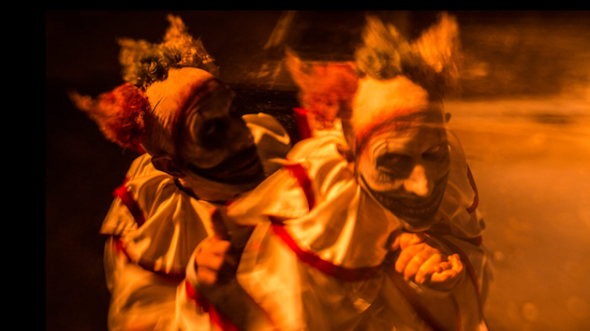
American Horror Story: Freak Show
A defining moment for the evolving facility came this February at the Visual Effects Society Awards when FuseFX competed, and won (for American Horror Story), against perennial favorite Game of Thrones. "What they can do on that show really is an entirely different level of work because they have feature-level budgets and so much money to work with. It's exceptional content, for sure, but HBO gives them the budgets to actually execute it. The VES Award was a really gratifying win. But our artists have so many TV shows and film effects credits under their belts, and as we grow, that talent will only get stronger. It already shows in the work and it shows in the efficiency with which we deliver the final product to our clients."
Crafts: VFX/Animation
Sections: Business Creativity
Did you enjoy this article? Sign up to receive the StudioDaily Fix eletter containing the latest stories, including news, videos, interviews, reviews and more.
